
The Free Press

GUANTANAMO BAY, CUBA — In September 2002, police in the well-to-do neighborhood of Gulshan-e-Iqbal, in the Pakistani city of Karachi, arrested a man named Ahmed Rabbani.
It had been a year since the September 11 attacks, and the Pakistanis, with the Americans, were rounding up people suspected of al-Qaeda ties.
Rabbani, then in his early thirties, appeared to be connected to Osama bin Laden. When the Pakistanis later arrested Rabbani’s driver, he suggested they check out another address, where cops found Rabbani’s brother, a few other people—and Sega game consoles that had been turned into detonators for explosives, plus passports for twenty members of bin Laden’s family.
Fast-forward to 2004: after bouncing around several CIA black sites, Rabbani was sent to Guantanamo Bay in Cuba. The Americans believed he had worked for Khalid Sheikh Mohammed, the confessed architect of the September 11 attacks, and Abd al-Rahim al-Nashiri, the mastermind behind the USS Cole bombing in 2000—running safe houses, organizing travel plans, tending to wounded al-Qaeda operatives, and building explosive devices, among other things. (Both KSM and al-Nashiri are awaiting trial in Guantanamo.)
But for the next eighteen and a half years, Rabbani was stuck in limbo at Guantanamo—with prosecutors unable to show the military court that he had played a role in September 11 or any other terrorist attacks, and his lawyers unable to convince the court he wouldn’t do so in the future.
It was while he was at Guantanamo that Rabbani discovered his inner artist, as it were.
Back home, he had been (depending on who you asked), a lowly taxi driver or a well-connected operative who spoke Urdu, Arabic, and English. He definitely was not a burgeoning Monet.
But while he was in prison, something happened.
“In the beginning,” Clive Stafford Smith, Rabbani’s lawyer, told The Free Press, “he wasn’t an artist.” Then, slowly, he developed into one. “His art benefited from his suffering,” Stafford Smith said. “That’s true of most artists.”
For years, the prisoners at Gitmo had been dabbling in artwork—etching floral designs on the sides of styrofoam cups with the help of spoons, pebbles, apple stems, and their fingernails. (Iraq War veteran and anti-war activist Aaron Hughes told me he’d heard Guantanamo guards showed intelligence analysts the etchings to make sure the designs were not actually secret messages between prisoners; they were not.)
By 2009, prison officials had determined the artwork had a calming effect on prisoners, and the informal etchings and (later) drawings turned into a formal art program.
This was how Rabbani, while at Guantanamo, wound up in front of an easel with a paintbrush and a palette, while chained to the floor.
Over the years, he painted pictures that captured different chapters of his life in captivity. There was the painting of Rabbani, hooded and wearing a jumpsuit and in a wheelchair. Then there was the painting with the more abstract-expressionist bent that was supposed to represent the lightless, hopeless void where he spent two years of his imprisonment. “No blanket, no shoes—nothing,” he told me over the phone.
Other paintings were more graphic: one depicted Rabbani with his hands tied behind his back and suspended by a rope attached to his wrists; that happened, Rabbani later said, while he was at a CIA black site in Kabul.
A Pentagon press release announcing the “repatriation” of Rabbani and his brother, Mohammed Rabbani, who had also been detained, did not mention how many years he had been imprisoned or the fact that he was never convicted of anything. “The United States appreciates the willingness of the Government of Pakistan and other partners to support ongoing U.S. efforts focused on responsibly reducing the detainee population and ultimately closing the Guantanamo Bay facility,” the release said.
On the flight home with Rabbani were most of his 252 paintings and 5 sculptures—minus those that depicted his torture, which U.S. officials prevented him from taking. (According to Stafford Smith, Rabbani’s lawyer, the military doesn’t want anyone learning about its “methods of interrogation.”)
In May, the Indus Valley School of Art and Architecture in Karachi put on an exhibit of Rabbani’s works, introducing the 53-year-old driver-turned-painter to the art world.
The exhibit was called The Unforgotten Moon: Liberating Art from Guantanamo Bay, and there was something defiant about it. Moon is badr in Arabic; it’s also the nickname Rabbani’s mother gave him when he was little, and it was the way he signed all his paintings. Not with Arabic characters, but with a Latin alphabet script: BADR, in capital letters.
It was as though he were insisting that Badr—Rabbani—had never been forgotten by the outside world. Or, perhaps, it was that Badr hadn’t forgotten himself.
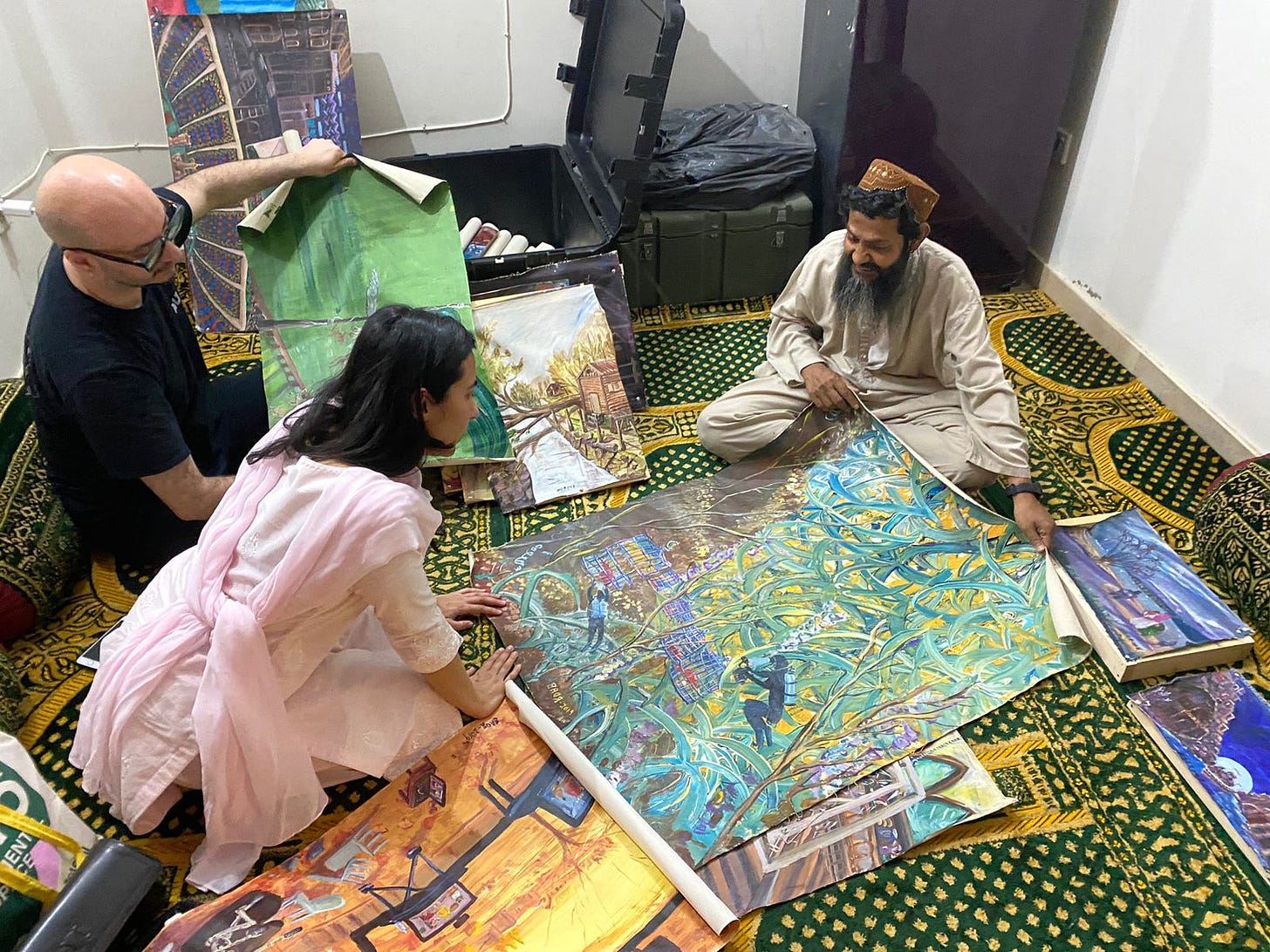
It’s been more than 20 years since George W. Bush opened Guantanamo and 14 years since Barack Obama (on his second full day in office) issued an executive order that it be closed.
But 30 men—of the 780 total who have been detained there—still remain, mostly from Yemen, a few from Libya and Tunisia and elsewhere. Of that, only a dozen reportedly pose any serious national security threat. (The Pentagon, in its statement announcing Rabbani’s release, noted that 18 of the remaining Guantanamo prisoners are eligible for transfer.)
A few months ago, The Free Press visited Guantanamo to attend the pretrial hearing of one of the last few truly dangerous men at Gitmo, Abd al-Rahim al-Nashiri, the suspected orchestrator of the USS Cole attack, which left 17 sailors dead and 39 others wounded.
The hearing took place in an air-conditioned trailer behind layers of barbed-wire fencing, and it was guarded by soldiers who looked like they hadn’t been born when 9/11 happened, 22 years ago.
That disconnect reflects the surreality that is Guantanamo: while time has moved on outside the island fortress, inside it can feel like we’re stuck in the early aughts. The site of the Twin Towers is now a memorial; the Pentagon has been patched up; the field in southwestern Pennsylvania where Flight 93 went down is grassy again. But at Guantanamo, the military judges, the prosecutors, the guards—to say nothing of the last few prisoners—are still battling over who did what and when and how immediately before or after the worst terrorist attacks in American history.

That just four prisoners have ever been successfully convicted—while nine have died in custody—only deepens this sense of timelessness. This feeling that nothing ever really happens at Guantanamo, that Guantanamo is stuck where it’s been for more than two decades.
As lawyers argued in front of a military judge, reporters and the father of a sailor killed on the USS Cole watched the proceedings from behind a thick pane of glass.
It was at the hearing that Rabbani’s painting of himself with his hands tied behind his back and strung up from a ceiling came up.
When he’d left Guantanamo a few months before, that was one of the paintings Rabbani had been forbidden from taking. But he had described the painting—and the torture, called strappado—to Stafford Smith, who had another artist recreate it. At the hearing, a copy of that secondhand drawing was passed around. Al-Nashiri had been subjected to the same treatment.
During his testimony, Bruce Jessen, one of the two psychologists behind the CIA’s “enhanced interrogation techniques,” was asked whether the drawing accurately depicted what prisoners had endured. Jessen, looking a little shaken, said, “It was worse.”
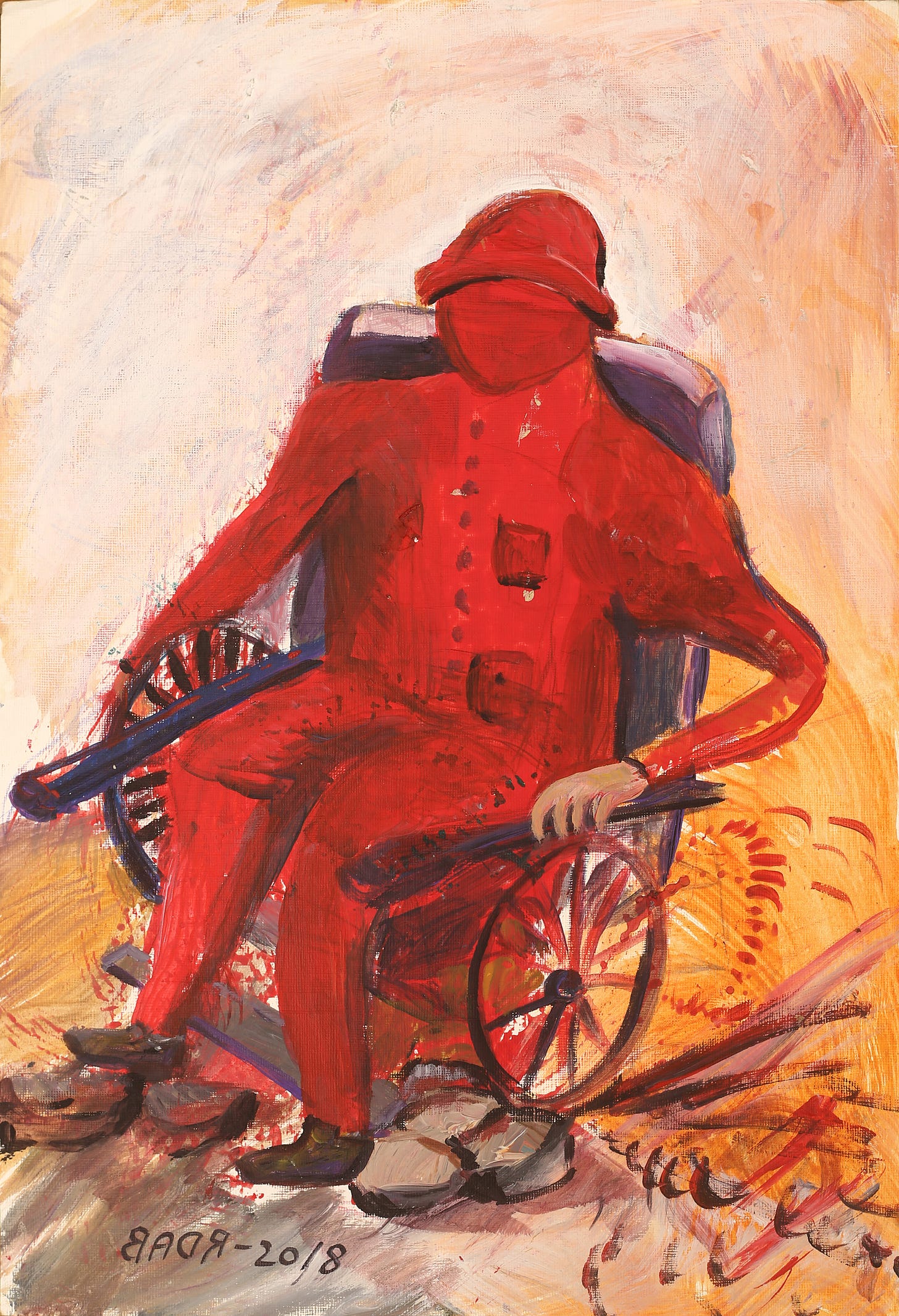
When the Obama administration created the art program, it didn’t get much notice.
If it had, Americans probably would have been appalled. As late as November 2015, the GOP-controlled Congress voted overwhelmingly to bar Guantanamo detainees from being transferred to the United States, with most Democrats supporting the measure.
Just last week, President Biden rejected a plea deal from the five Guantanamo detainees accused of the 9/11 attacks, including Khalid Sheikh Mohammed—with the detainees agreeing to plead guilty in exchange for life sentences and better treatment.
Americans may have been uncomfortable with detaining suspected terrorists indefinitely, but they were hardly convinced these detainees were not a national security threat.
In an interview, John Bellinger, a legal adviser to the National Security Council under President George W. Bush and early proponent of closing Guantanamo, said whichever president shuts down the prison will have to spend a lot of political capital doing it.
Bellinger said there are practical hurdles, too. “With all the winnowing and winnowing and winnowing of detainees from the Bush administration to the Obama administration and even, then, Trump—my sense is we may have scraped the bottom of the barrel as far as people we’d want to transfer elsewhere, either because their home countries just won’t take them, or they’re so dangerous that no other countries will take them.”
He added: “Not all people detained at Guantanamo were at the wrong place at the wrong time.”
Guantanamo, in other words, is a kind of frozen place—a place that had to be but shouldn’t be, a place for stowing the world’s most dangerous people, and a place that was morally repugnant and becoming even more repugnant the further we drifted away from September 11. It presented America with an existential challenge: what kind of people do this to other people?
The contrasts are surprising. Gitmo is a world of small spaces—cells, trailers, prefab fluorescent-lit buildings—enveloped by a seemingly permanent sunshine and a turquoise sea always beyond the reach of the men in the orange jumpsuits.
When I finally spoke with Rabbani—he was in Karachi—he couldn’t believe that, after all these years after his release, no one in Washington so much as acknowledged what he had endured.
“They didn’t apologize, but it’s my right to ask for an apology,” Rabbani told me. “I missed my family’s life, my son’s life, my life—21 years.”
I wanted to know about his art, but he lacked the words to describe it. He noted that he hadn’t been an artist until Guantanamo.
Natasha Malik, the Pakistani curator who oversaw the Rabbani exhibit, told me that the exhibit included several paintings by other Pakistani artists depicting scenes from Rabbani’s life in prison and that those had been sold for a total of $21,000, which, she said, had been given to Rabbani.
But Rabbani, she said, did not want to part with any of the paintings he himself had created.
“He’s very, very attached to his paintings,” Malik said from her home in Islamabad, several hundred miles northeast of Karachi, on the Arabian Sea. “He’s like any artist, but with him, it’s a very unique relationship, because that’s how he survived. He said, ‘When I painted at Guantanamo, that was my escape.’ ”
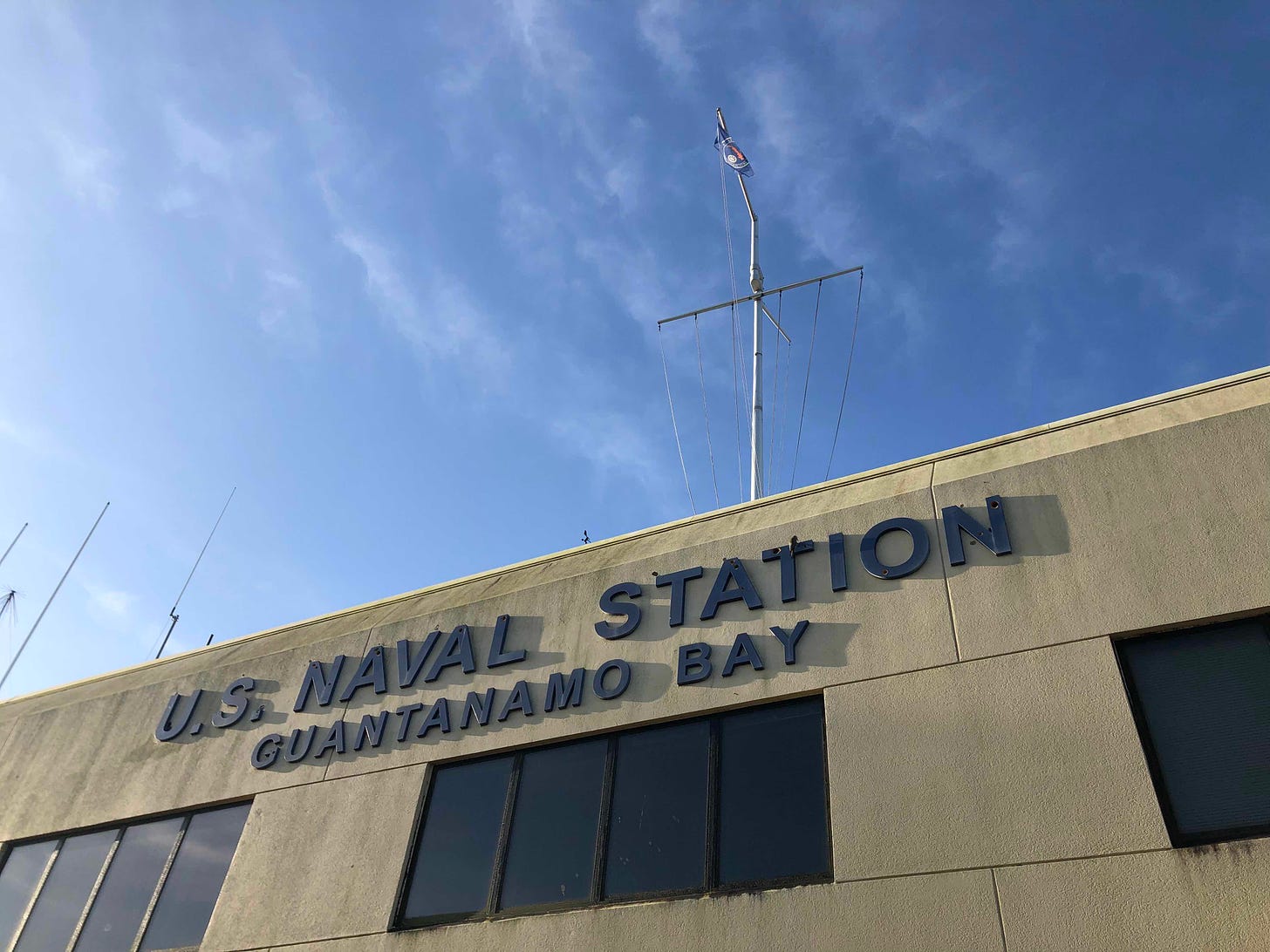
If Gitmo is an ethical and political and legal minefield, the artists of Gitmo pose a new kind of quandary.
Over the past few years, several Gitmo artists have emerged from the cells and shadows and torture chambers.
In late 2017 and early 2018, John Jay College of Criminal Justice in New York hosted the first known exhibit of Guantanamo artists. The exhibit, titled Ode to the Sea, featured Rabbani and seven other artists. (In response, President Trump barred detainees from taking their art with them when they were released, arguing the art was U.S. government property.)
In late 2022, some former and current Guantanamo artists sent President Biden an open letter demanding he lift the ban on Gitmo artists taking their art upon release.
In February 2023, days before Rabbani was let go, the White House did just that—but the Defense Department says detainees can take only a “practicable quantity,” whatever that means, and insists the art is still U.S. government property.
And in May, the Rabbani exhibit in Karachi took place.
It’s unclear how much demand there is for this kind of art, although Gitmo paintings have been selling—from $500 to a few thousand dollars.
Sahyr Sayed, an artist from the Pakistani city of Lahore who took part in the Rabbani exhibit, told The Free Press Rabbani’s art is “obviously amateurish or naive, but it’s also so sincere and intense—it has that appeal.” Beth Rudin DeWoody, a board member of the Whitney Museum of American Art in New York, told me she wouldn’t buy Guantanamo art “unless I knew for sure the men who made them were innocent. And if I liked the art.”
But it’s worth noting that the open letter the Gitmo artists sent to the president also included hundreds of “signatures in solidarity,” including those of the artist Molly Crabapple; Peggy Monahan, a curator at the Oakland Museum of California; the Chicago Tribune art critic Lori Waxman; and Pink Floyd bassist Roger Waters, also known for his Israel-bashing.
The question remains: Who owns this art? And should anyone be allowed to profit from it?
Brett Eagleson, whose father, Bruce, was killed on September 11, when the World Trade Center’s South Tower collapsed, found the idea of Gitmo inmates painting—to say nothing of profiting from their work—unbelievable.
“If these detainees are truly sorry,” Eagleson told me from his home in Connecticut, “the money should go to families like mine.”
But the nascent Gitmo art market sees in this art an opportunity to reflect on the 9/11 terrorist attacks and the United States’ response to them.
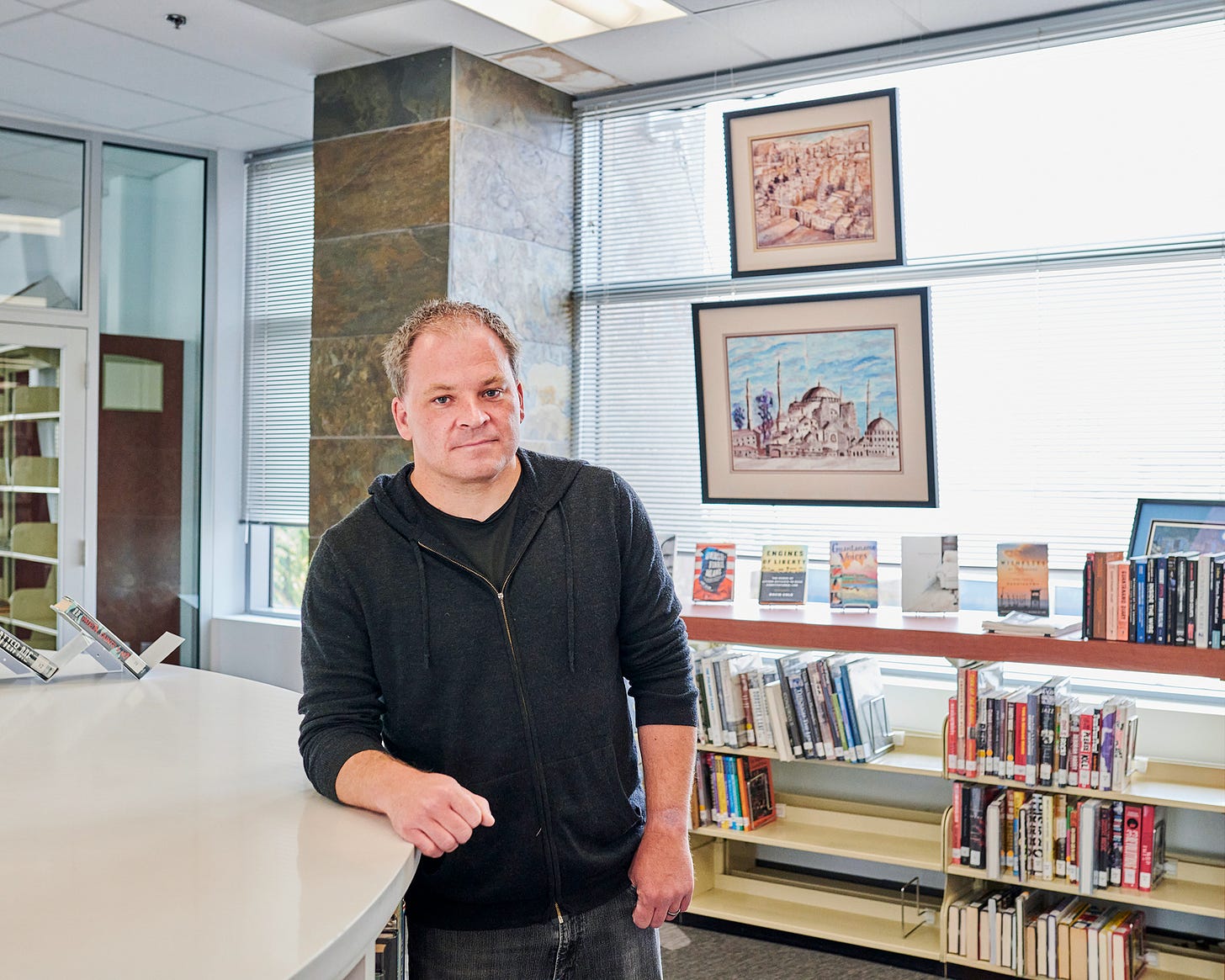
For San Diego history teacher Dan Norland, buying artworks by Guantanamo detainees is a way to make amends.
In April 2018, Norland was scrolling on Twitter when he came across a tweet from a man named Abd Almalik, who said he’d painted while he was a prisoner at Guantanamo and shared a link to four of his landscapes, filled with minarets and mosques and fuchsia sunsets and purple-brown deserts.
Not long after spotting Almalik’s work on Twitter, Norland bought four paintings from the artist—who had come from Yemen and spent 15 years in Gitmo before being released and sent to Montenegro—for $2,000.
He also helped the former prisoner set up a website and sell his paintings to other buyers. So far, he’s helped Almalik sell 20 paintings for about $500 each. He’s not sure about Almalik’s past—Almalik was accused of being bin Laden’s bodyguard, but he was never brought to trial. When I pressed him, Norland said he “wants to believe” Almalik is innocent.
One of the buyers Norland steered toward Almalik’s paintings was Gail Helt. Helt used to be a CIA analyst, and it had been her job to pore over intelligence reports to help the Obama administration decide which Guantanamo prisoners should be released.
She quit in 2014, convinced Guantanamo was a travesty.
“If I can help, I will,” Helt, now a political science professor at the Presbyterian-affiliated King University in northeastern Tennessee, said in an interview with The Free Press. She owns two paintings—a blue landscape by Almalik, and another landscape, draped in red, by Ghaleb Al-Bihani, who was suspected of fighting for al-Qaeda in Afghanistan and spent years in Guantanamo before being released in 2017.
“I feel a connection when I look at my two paintings,” Helt said. “They’re gorgeous.”
Another bin Laden bodyguard, Mohammed al-Ansi, has made a name for himself in Hollywood with his paintings. (Al-Ansi came to the attention of art buyers after the John Jay College exhibit.)
Ben and Casey Affleck’s mom, Christine, bought two works by al-Ansi, paying about $1,000 total and giving one to each son as Christmas presents in 2017. One image shows palm trees; the other is a winter scene of leafless trees.
“I didn’t think they were the most brilliant paintings,” Christine Affleck said at the time. “But the combination of what they were painting and who they were—incarcerated persons thousands of miles from their homes and families, from anything—was emotionally powerful.”
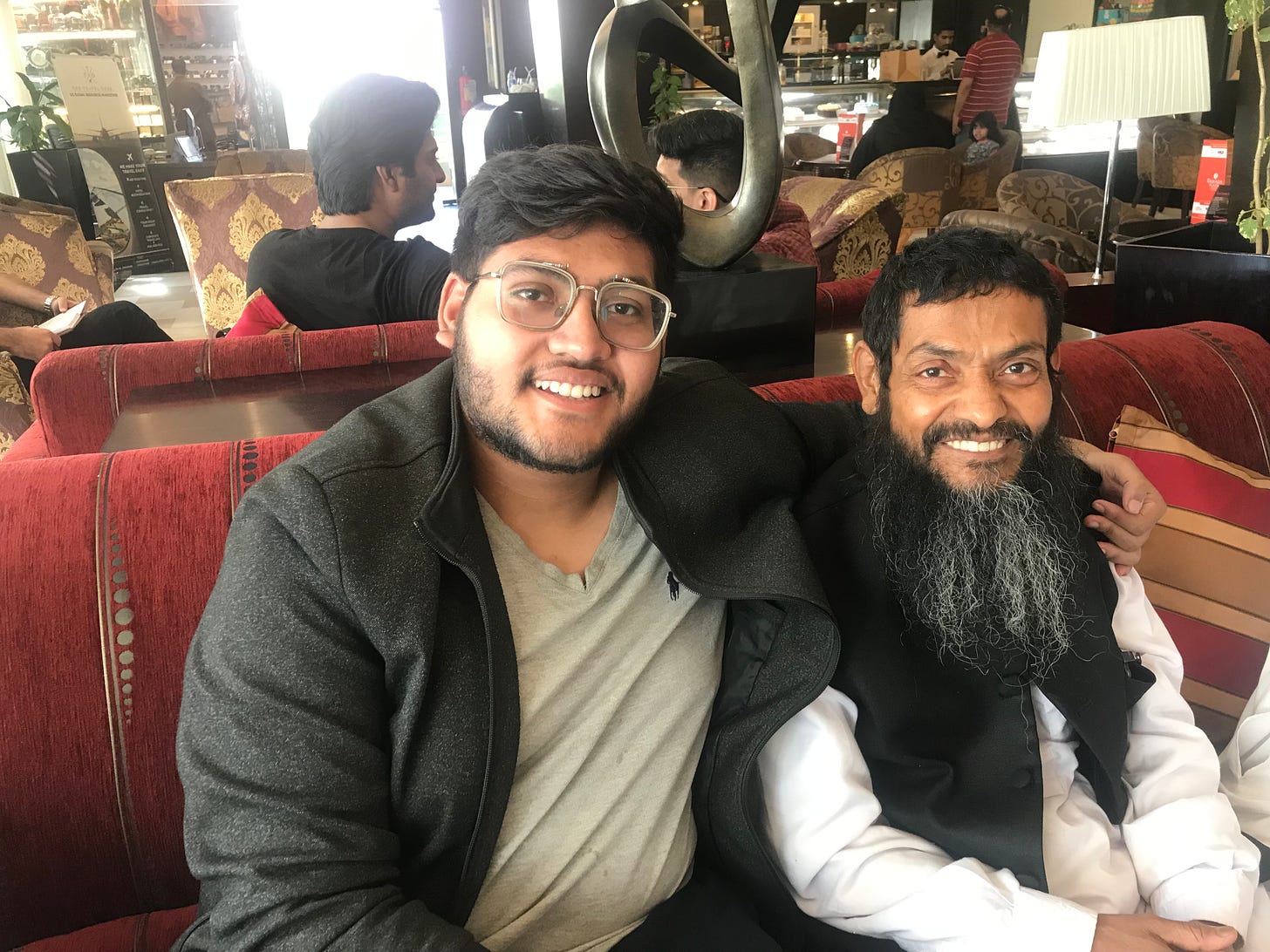
After Rabbani returned to Pakistan, he asked Natasha Malik for help getting canvases, paintbrushes, and paints, and she told me she did. She thought that he had more to say, or paint, that he wasn’t done creating. But she doesn’t think he’s touched any of the art supplies. For now, she said, Rabbani is focused on his new restaurant, Al-Arab Food, which he recently opened in Karachi with the proceeds from the exhibit.
“I don’t see him inclined toward painting again,” she said. “He was painting just to survive, just to preserve a sense of self when everything in that place is about stripping these things away from you.”
John Bellinger, the former Bush administration lawyer who advised the NSC, sounded almost incredulous that, in 2023, we were still talking about prisoners at Gitmo, orange jumpsuits, shackles, hoods, torture.
“It’s a conundrum,” he said. “It’s tragic.”
Stafford Smith, Rabbani’s lawyer, said it never had to be this way. “There are three things in life that are certain: death, taxes, and the fact that the Guantanamo authorities will always do the wrong thing,” he said.
If the Pentagon and Justice Department and the White House had simply agreed to haul the five Guantanamo detainees suspected of the 9/11 attacks in front of a judge way back in the beginning, they would have won hands down, Stafford Smith said.
Instead, they insisted on maintaining a prison on a socialist island that was entirely removed, in the eyes of the administration, from the strictures of the Geneva Convention and the United States Constitution.
Stafford Smith predicted the prison would stay open until the last prisoner is dead. (The exact ages of detainees are hard to pin down, but the average age is around 50. And in 2018, the Pentagon instructed Gitmo’s commanding officers to plan on staying open for another 25 years—and to think about hospice care for aging terrorists.)
He did not think he’d be alive to see that happen. “I would have to survive the youngest prisoner in Guantanamo,” he said.
Then, he added, just to be clear: “I’m 64. The chances of me surviving are extremely slim.”
Adam Popescu is a writer for The Free Press. Read his last piece for The Free Press, “What Happened When One Illinois Town Passed Reparations.” And follow him on X (formerly Twitter) @adampopescu. Peter Savodnik is a writer and editor for The Free Press.
And to support our mission of independent journalism, become a Free Press subscriber today:
Also: We’re hosting our first live debate on September 13 at the Ace Theatre in Los Angeles. Has the sexual revolution failed? Come argue about it and have a drink. We can’t wait to meet you in person. You can purchase tickets now at thefp.com/debates.


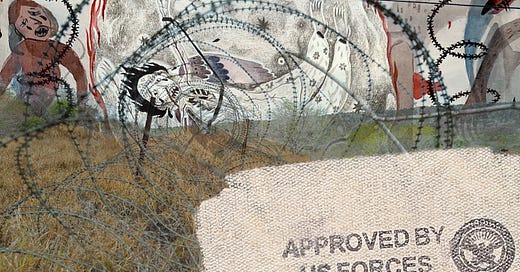

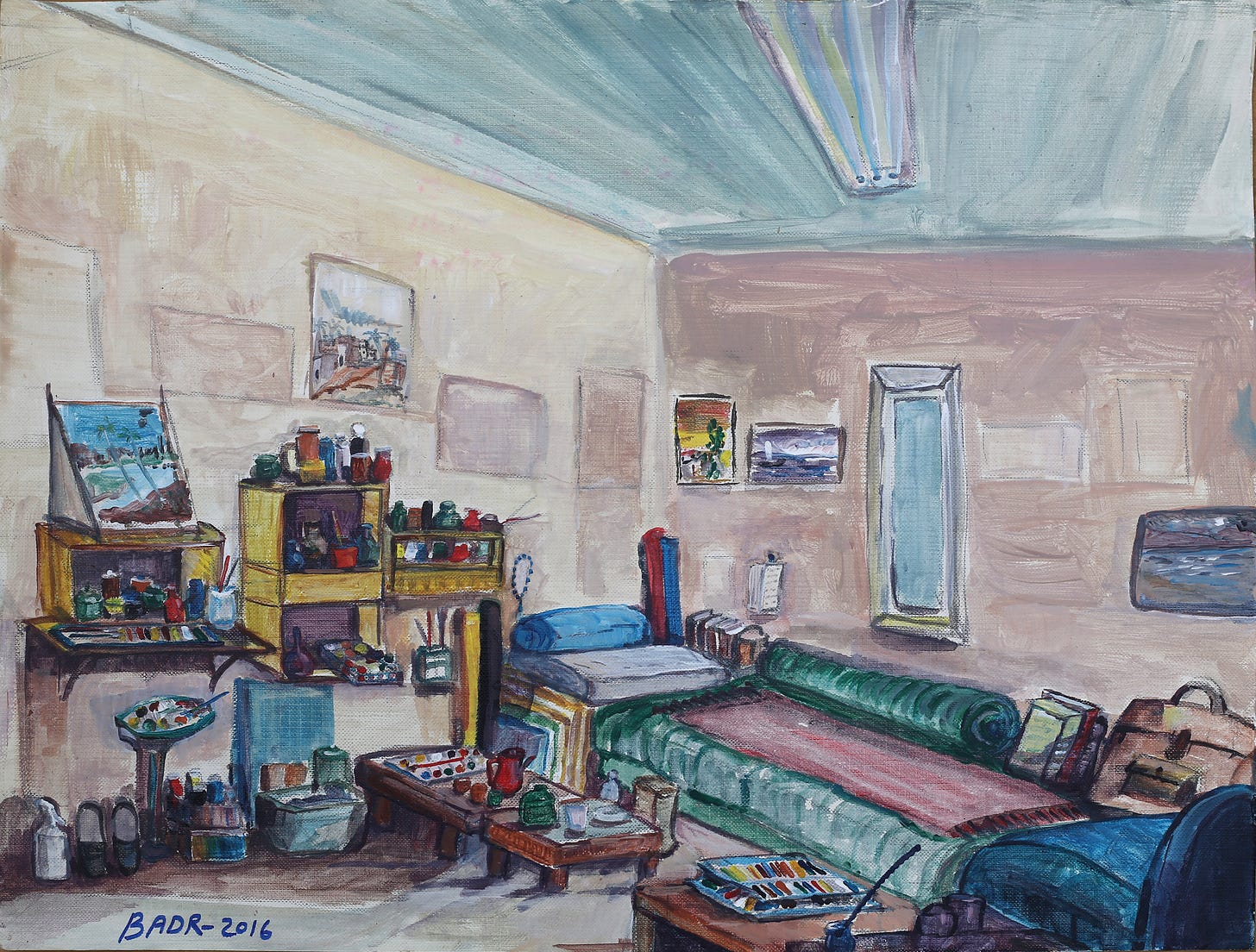

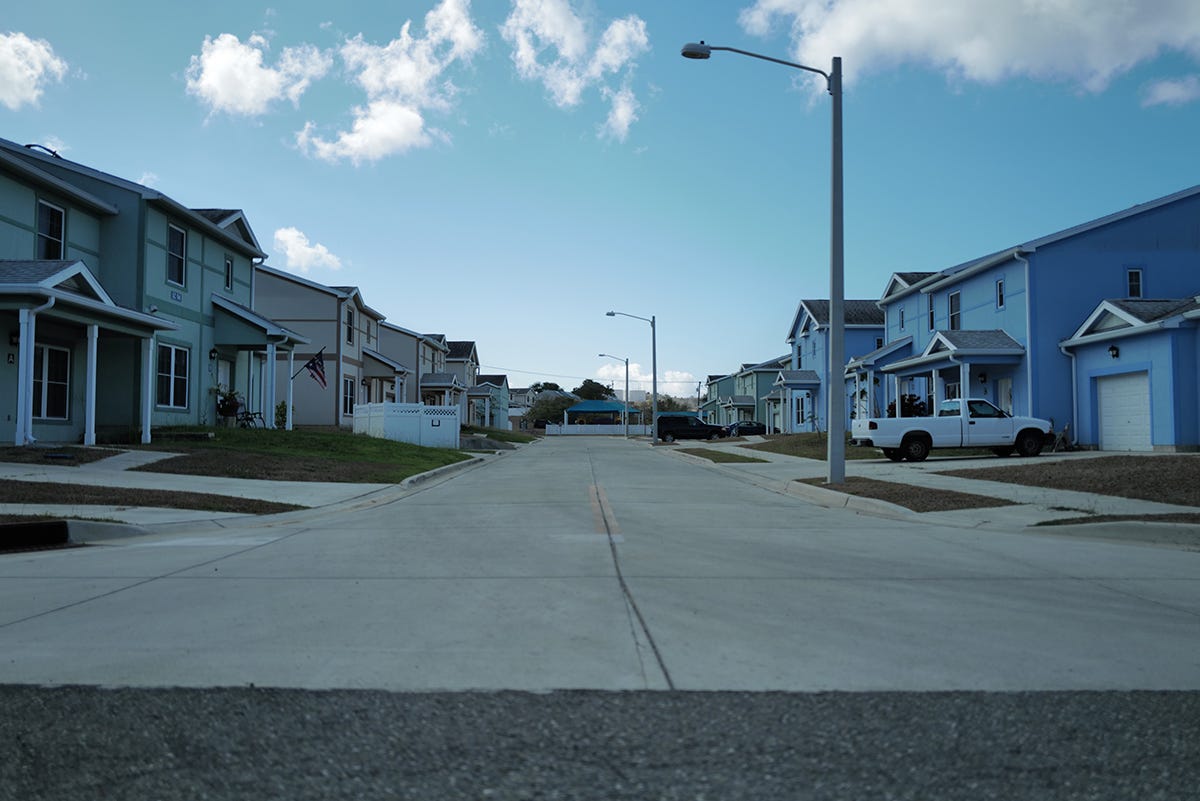

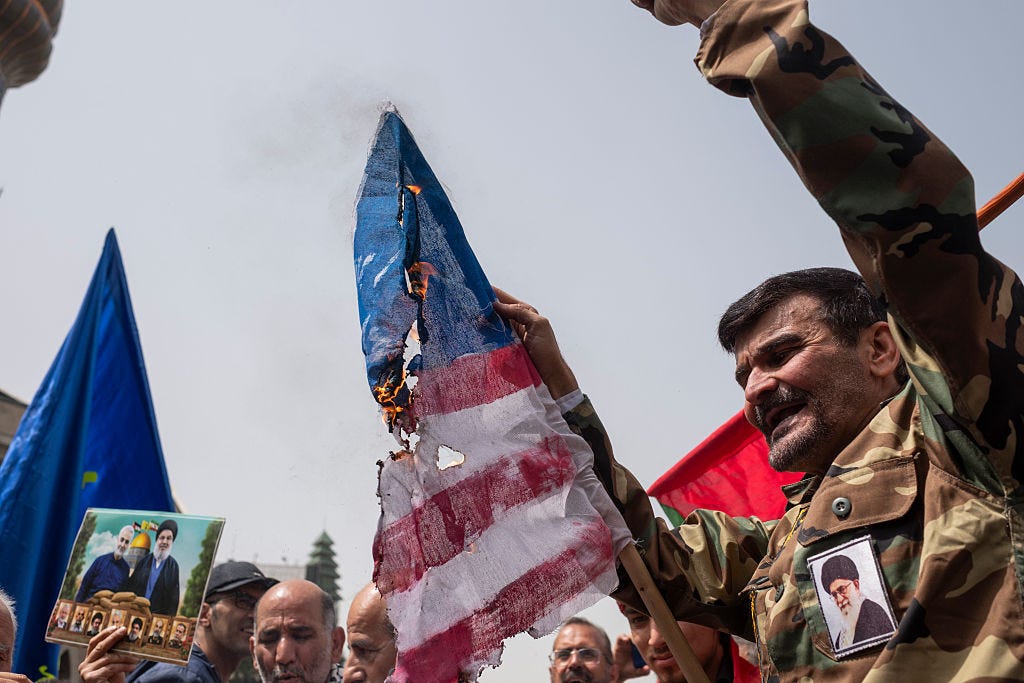

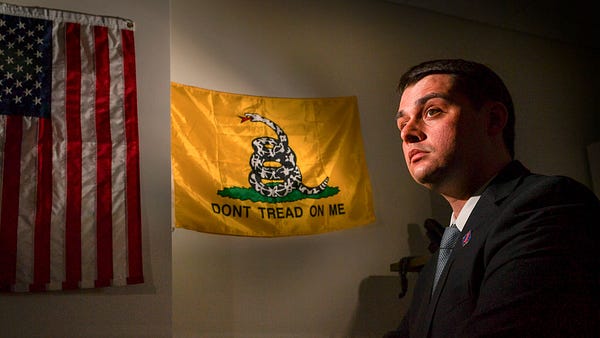

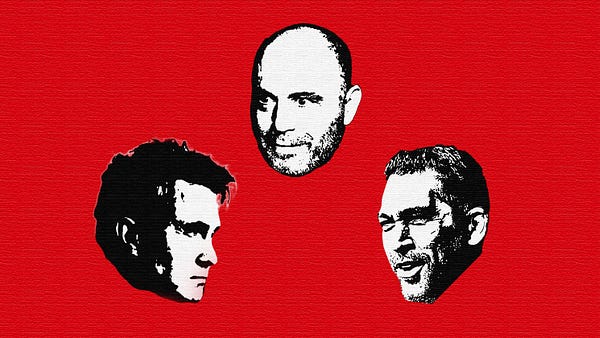

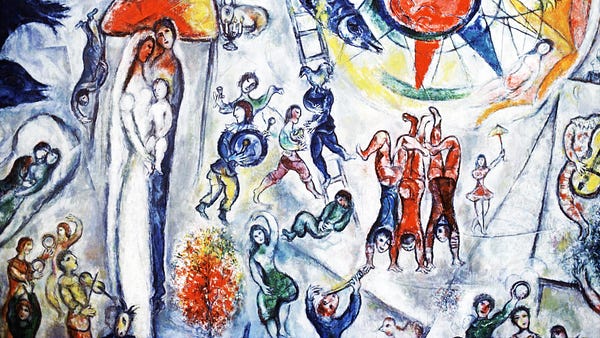

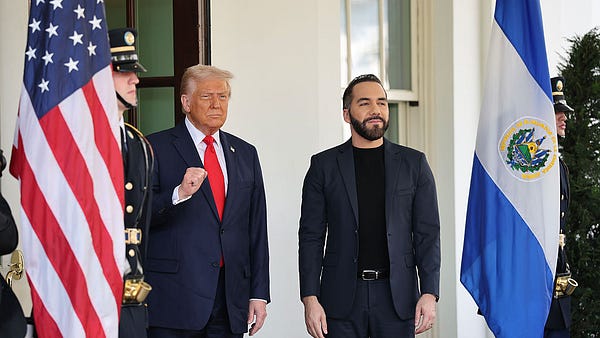

An interesting piece . . . if only to show, once again, that human beings have the spiritual strength to withstand years of dehumanization.
Seriously??!! TFP chose TODAY for this article?
Is this the best they could come up with to honor & remember the 3,000 killed on Sept. 11th, and the thousands of friend, family members, 1st responders, citizens who still suffer today?
Will they post anything on Jan. 6th about the long & cruel imprisonment of some of the
“innocent people” held as prisoners who were at the J6 riots, being abused & denied their rights to a speedy trial?
There is plenty of misuse/abuse of political power to go around, in my humble opinion. Report on the “travesty of Justice/injustice” yes, but your timing (except perhaps to the WOKE Left) is offensive.
Do better, TFP, please! 9/11 is STILL a very raw memory for MANY Americans!